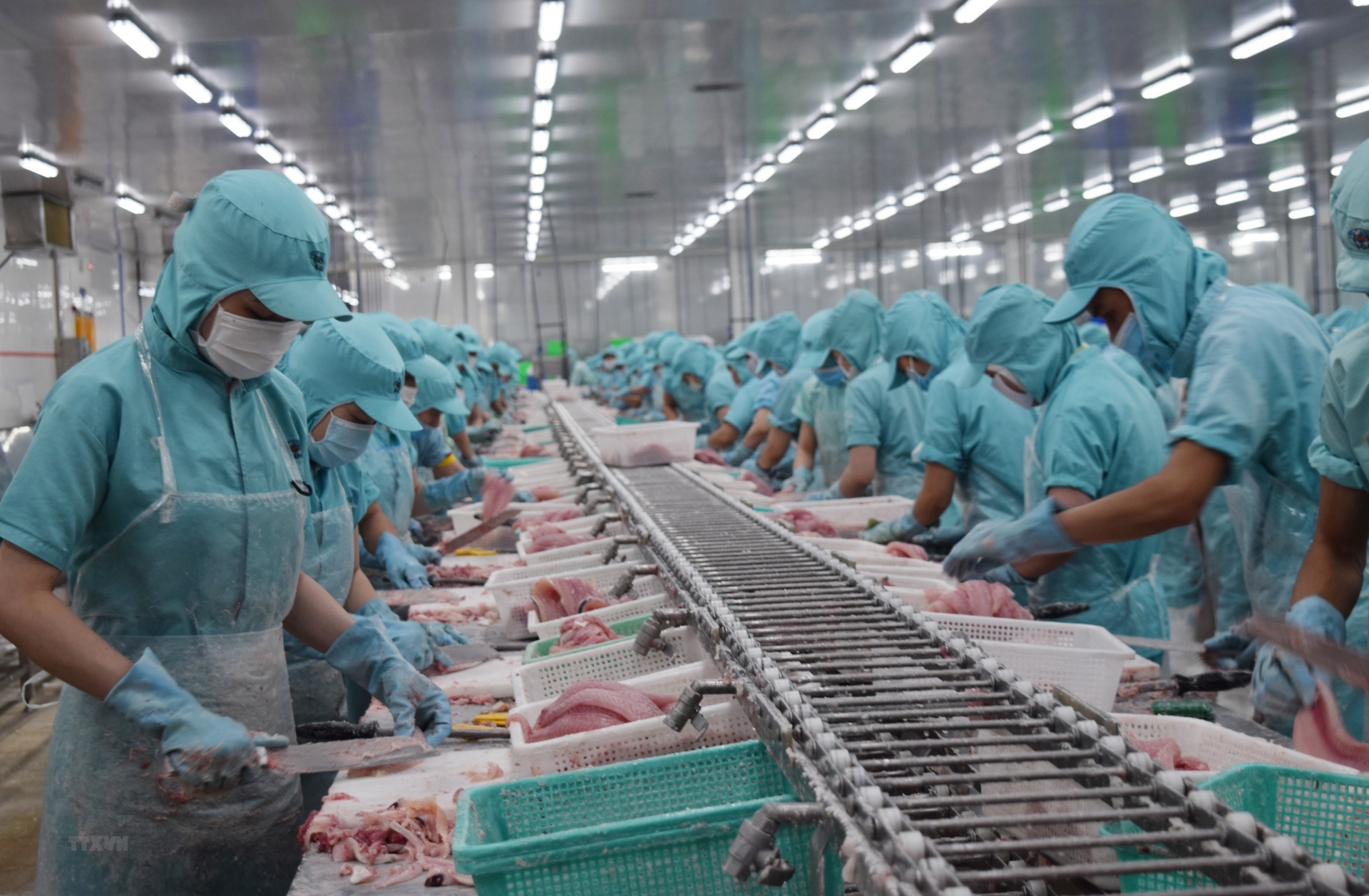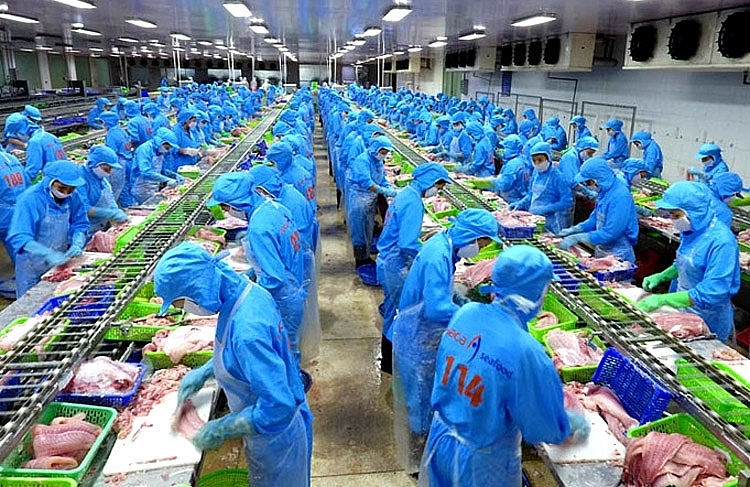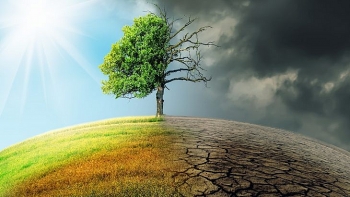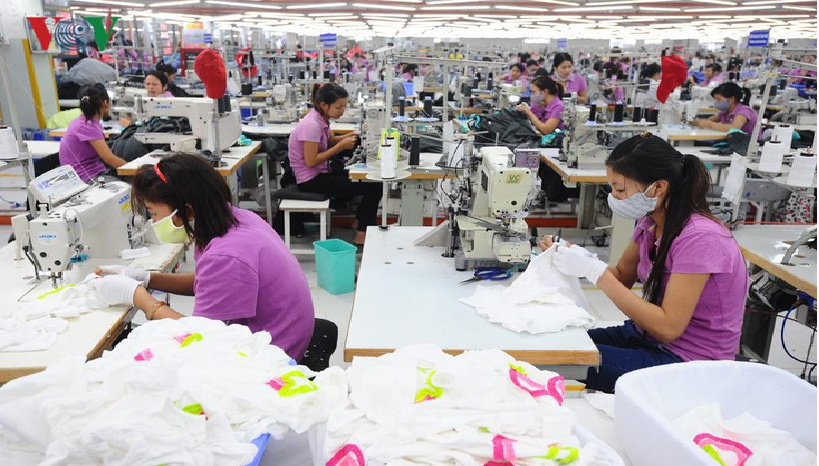Vietnam's GDP may grow 3.5-4% in 2020
 |
| (Photo: Nhan Dan) |
Both the continued GDP growth rate decreases in the last two consecutive quarters and the second outbreak in Da Nang has not made Phuoc pessimistic, according to Vietnamnet.
He said on CafeF that the 1.81 percent GDP growth rate in H1 is a small figure compared with the last 10 years, but is very encouraging if compared with the negative growth rates of other countries' economies.
When the first wave of the epidemic was at its peak, Vietnam had a very clear plan on what to do to boost economic growth when it ended. When the second wave began locally in the community, Vietnam very quickly and effectively dealt with the cases.
“I believe that if Vietnam can contain the outbreak in Da Nang and Quang Nam in August, Vietnam’s GDP growth rates will be 3.5-4 percent this year,” Phuoc said in an interview with Tri Thuc Tre.
 |
| (Photo: Vietnam Plus) |
In the interview, Phuoc emphasized ‘three pillars of growth – public investment, export and consumption.
Regarding public investment, the General Statistics Office (GSO) estimates that for every one percent of public investment increase, Vietnam would obtain 0.06 percent more in GDP growth rate.
Once Vietnam can increase disbursement for public investment, this will have a positive impact on 50 business fields and workers’ incomes, thus helping stimulating consumption.
To encourage consumption, Phuoc thinks that lowering the VAT rate for a certain period will help reduce goods and service prices. Admitting that this is an ‘unprecedented’ measure, he thinks that new approaches may be useful in current conditions.
Although the total state economy decreased from 38% in 2005 to 27.1% in 2019, but the expenditures from the budget for state management activities increased quite "impressively". This increase in GDP does not mean much, it only increases overspending and increases public debt.
 |
| (Photo: Financial Magazine) |
The added value of the private sector still contributes to GDP less than 10% of GDP for nearly 15 years. In 2005, the value-added of this sector contributed to GDP was 8.5%. By 2019, the value added of this sector increased to nearly 1.2 percentage points, about 9.7% of GDP.
Phuoc affirmed there is no need to worry about inflation, though the CPI in the last seven months reached 4.07 percent. According to Phuoc, inflation in Vietnam depends on two factors – the prices of import products and input materials, including petroleum, and the prices of goods and services in the domestic market.
“We saw petroleum prices drop sharply in March and April and with the current conditions of the global economy, they won’t be able to increase,” he said.
“Meanwhile, the domestic prices cannot increase because the domestic demand is very weak,” he added. “The government doesn’t intend to raise the prices of basic goods and services such as education, healthcare and electricity."
“When the large economies of the world falls into recession, total demand decreases dramatically, and there is no need to worry about inflation,” he said.
 | McKinsey: 8-13% of Asia GDP faces climate change risks by 2025 According to McKinsey & Co., the severe socio-economic impacts of intensifying climate hazards for Asian countries, including Vietnam. |
 | Vietnam’s economic growth forecasted to rebound to 7% growth in 2021 Another forecast puts Vietnam in the number one position in terms of potential growth for 2020 and 2021 among ASEAN+3 region, despite complicated developments of ... |
 | Vietnam economy expects to stay resolved to prevent negative economic growth “We must stay calm and resolved to continue performing the dual tasks of containing COVID-19 and preventing economic fragility and negative growth.” said PM in ... |



